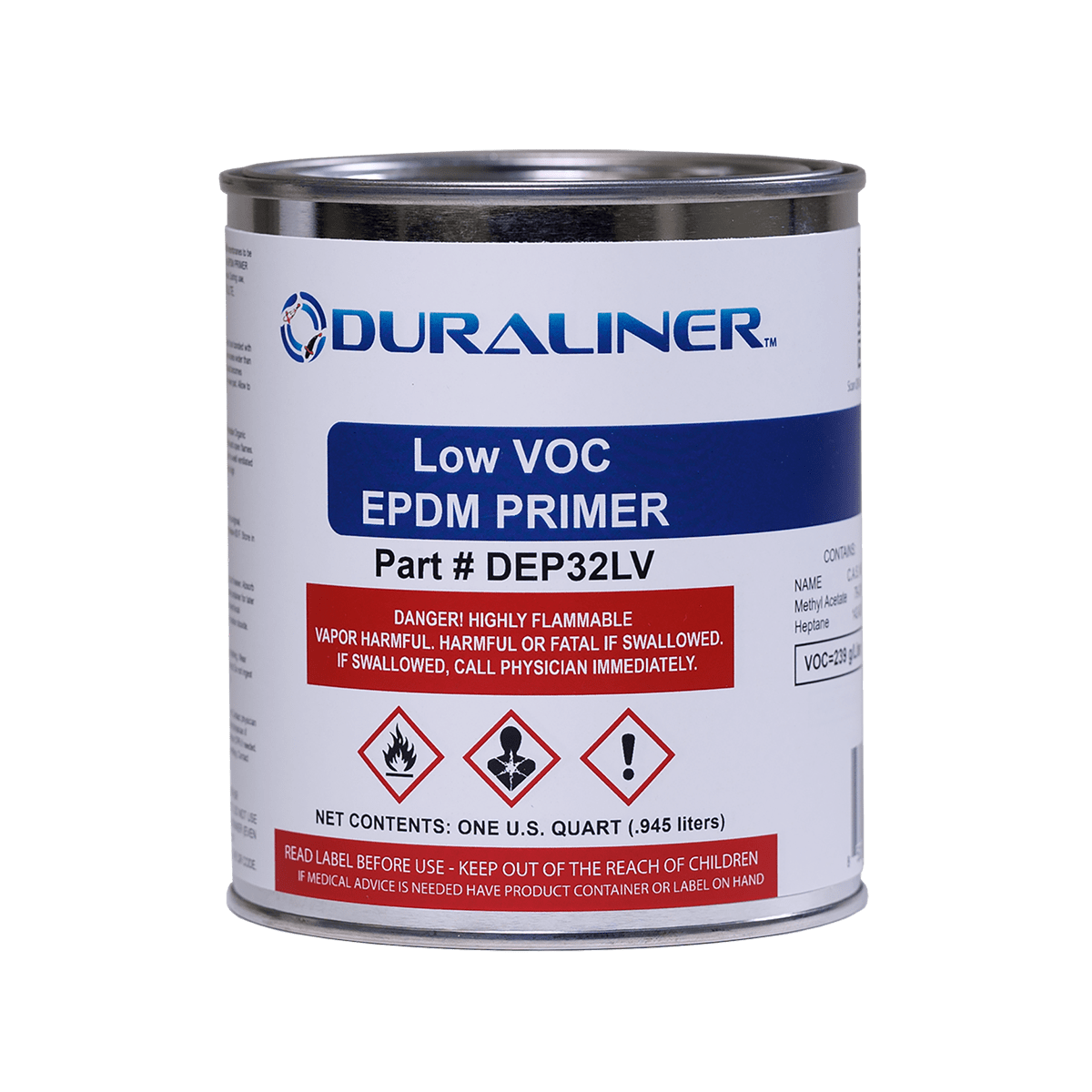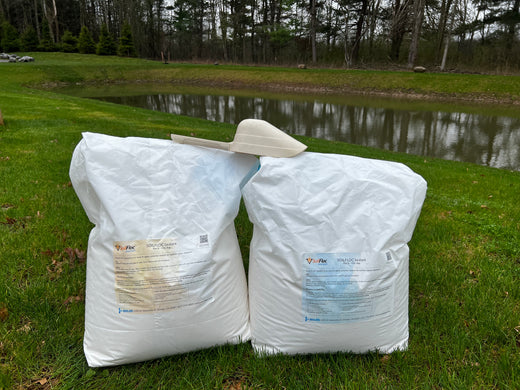Introduction
Effectively sealing a pond requires understanding the common issues that lead to leaks and the best practices for addressing them. Whether dealing with natural wear, animal damage, or erosion, the right approach can save your pond from losing water and maintain its ecological balance. This guide, tailored for novice and seasoned pond owners, aims to demystify sealing ponds, ensuring that your water feature remains a thriving habitat for aquatic life. From selecting the appropriate pond sealants to applying them correctly, we'll cover every step to help you achieve a leak-proof pond. As your reliable source for pond supplies, we're here to guide you through "How to seal a pond with water in it" efficiently, enhancing its longevity and beauty.
Identifying Common Causes of Pond Leaks
Pond leaks can stem from various sources, each requiring a unique approach to resolution. Common culprits include natural ground movement, which can create fissures in the leaking pond bed, and invasive roots that may puncture waterproof linings. Wear and tear over time also contributes significantly to leakage problems. Animals, especially burrowing species, can compromise pond integrity by creating underground pathways that allow pond water to escape. Another often-overlooked cause is the degradation of the pond's liner material, whether it be rubber, polyvinyl chloride (PVC), or another substance, which can occur due to prolonged exposure to the elements or chemical degradation.
Understanding these common causes is crucial for sealing a pond leak effectively. Pond site owners can choose the most appropriate pond sealants and repair methods by pinpointing the exact source of the leak, ensuring a durable solution that restores the pond to its optimal condition, and this preserves the pond’s aesthetic appeal and ecological health, maintaining a safe habitat for fish and plant life. Identifying the root cause of leaks is the first step toward a pond's long-term sustainability and functionality.
Pre-Sealing Preparation: Ensuring Success
Removing Aquatic Life Safely

Before sealing your pond, the safety of its aquatic inhabitants is paramount. Begin by carefully relocating fish, frogs, and other wildlife to a temporary holding tank or similar environment. Utilize netting and portable aerators to minimize stress and maintain oxygen levels during the transition. This step protects the pond's ecosystem and prevents harm to the aquatic life from exposure to sealing products. Consulting with Smith Creek Fish Farm or a pond specialist can provide additional guidance on safely handling and temporarily housing your pond's residents, ensuring a smooth and humane process. This precautionary measure is a critical first step in the pond sealer process, aligning with both ethical practices and the overall success of your project.
Draining Your Pond Efficiently
Efficiently draining your pond water is crucial in preparing for its sealing. Utilize submersible pumps to remove water, ensuring a clear working area for inspection and sealing. It's vital to monitor the draining process closely, redirecting the water surface to an appropriate location to prevent flooding or erosion. This stage allows for thoroughly examining the pond's surfaces for cracks or leaks, setting the foundation for effective sealing. Employing pond sealants during this dry phase ensures a more durable and reliable result. Proper draining is instrumental in identifying areas that require attention, ultimately enhancing the sealing process's effectiveness and longevity.
Cleaning and Preparing Your Pond for Sealing
Cleaning Surfaces with Pressure Washing
A vital step in effectively sealing your pond involves thoroughly cleaning its surfaces. Pressure washing efficiently removes dirt, algae, and residual debris. This process ensures that the sealant adheres appropriately and helps identify any subtle cracks or crevices that need attention. By utilizing pressure washing, you prepare a clean canvas for the sealant, enhancing its bonding capability and ensuring a watertight seal. The effectiveness of the sealing process greatly depends on this meticulous preparation, setting the stage for a durable and lasting solution to pond leaks.
Essential Materials for Pond Sealing
Gathering suitable materials is crucial for a successful pond sealing project, including a high-quality pond sealant designed for aquatic environments, ensuring it's safe for fish and plants. A multi-purpose primer enhances the sealant's adherence to the pond's surface. For application, you'll need tools like rollers or brushes designed explicitly for sealant application, ensuring an even and comprehensive coverage. Remember protective gear for yourself, such as gloves and goggles, to avoid direct contact with chemicals. Selecting suitable materials and tools streamlines the sealing process and guarantees a lasting seal, protecting your pond from leaks for years. Proper preparation and appropriate materials are crucial to revitalizing your aquatic haven.
The Sealing Process: Step-by-Step
Applying the Primer

Before applying the sealant, it's essential to use a high-quality, multi-purpose primer to ensure the sealant adheres properly to the pond's surfaces. Start by thoroughly mixing the primer to achieve a consistent texture. Using a paintbrush or roller, apply a thin, even layer across all pond surfaces, focusing on crevices and potential leak areas. Following the manufacturer's recommended drying time, allow the primer to dry completely to create an optimal base for the sealant. This step is crucial for enhancing the durability and effectiveness of the pond sealing process, ensuring a watertight barrier against future leaks.
Sealing with the Right Coating
After thoroughly drying the primer, it's time to apply the sealant, a pivotal moment in pond sealing. Choose a high-quality, waterproof pond coating compatible with the primer and suited for your specific pond surface. Begin by stirring the coating thoroughly to ensure a uniform consistency. Apply the coating evenly over the primer, using a roller or sprayer for larger areas and a brush for detailed work around edges and tight spots. It's crucial to cover every inch meticulously, as missed spots could lead to leaks. Depending on the product, you may need to apply multiple layers, allowing adequate drying time between applications as per the manufacturer's instructions. This careful application prevents water loss and protects the pond's ecosystem, ensuring it remains a vibrant habitat for aquatic life.
Refilling the Pond
Once you’ve completed the sealing process and the coating has dried thoroughly, the next step is to refill your pond carefully. Start by slowly adding water and monitoring the edges and pond bottom for any signs of leakage. This gradual approach helps to prevent the sealant from being compromised by sudden pressure or water movement. It's also the perfect time to re-introduce aquatic plants and, eventually, fish back into their habitat, ensuring they're adequately acclimated to avoid shock. This meticulous refilling process marks the culmination of your sealing efforts and sets the stage for a thriving pond ecosystem.
Inspecting the Seal and Ensuring Quality
After refilling the pond, inspecting the seal thoroughly to ensure its integrity and effectiveness is critical. Walk around the perimeter and carefully examine the waterline for any signs of leakage. Doing this over a few days is advisable as some leaks may take time to be apparent. In addition to visual inspections, monitor water levels consistently to detect subtle decreases that might indicate a slow leak. If you find any issues, drain the pond again and apply additional sealant to the problem areas. Remember, the longevity of your pond and the well-being of its ecosystem rely on the quality of this seal. By ensuring you properly seal everything, you're setting up your pond for years of enjoyment and minimal maintenance needs.
Conclusion
Sealing a pond is not just about addressing leaks; it's about reaffirming the sanctuary you've created, whether for aesthetic pleasure or ecological balance. This guide aims to navigate you through the meticulous yet rewarding journey of pond sealing, from the initial detection of leaks to the joy of witnessing your pond thrive anew. Understanding the common causes of pond leaks lays the foundation for a successful sealing project. At the same time, this step-by-step guide ensures a systematic approach to sealing, guaranteeing longevity and durability.
By choosing the suitable materials and following a detailed process, you restore your pond and enhance its beauty and functionality. The benefits of a well-sealed pond extend beyond its immediate visual appeal, contributing to a healthier aquatic ecosystem and providing a serene retreat in your landscape.
As you embark on this sealing venture, remember that each step is a stride towards a revitalized pond, echoing the care and dedication you invest in your outdoor space. For further assistance or to explore a wide range of pond maintenance solutions, including pond sealants and supplies, don't hesitate to contact us. Let's ensure your pond remains a vibrant, leak-free haven for years.

